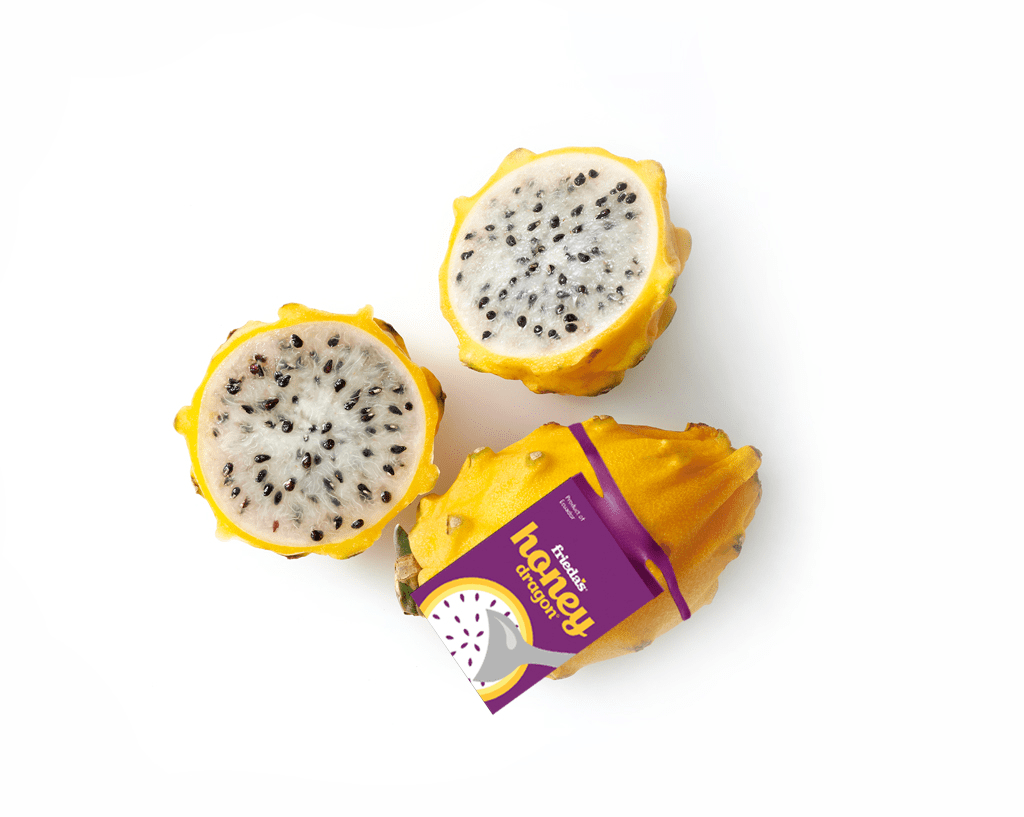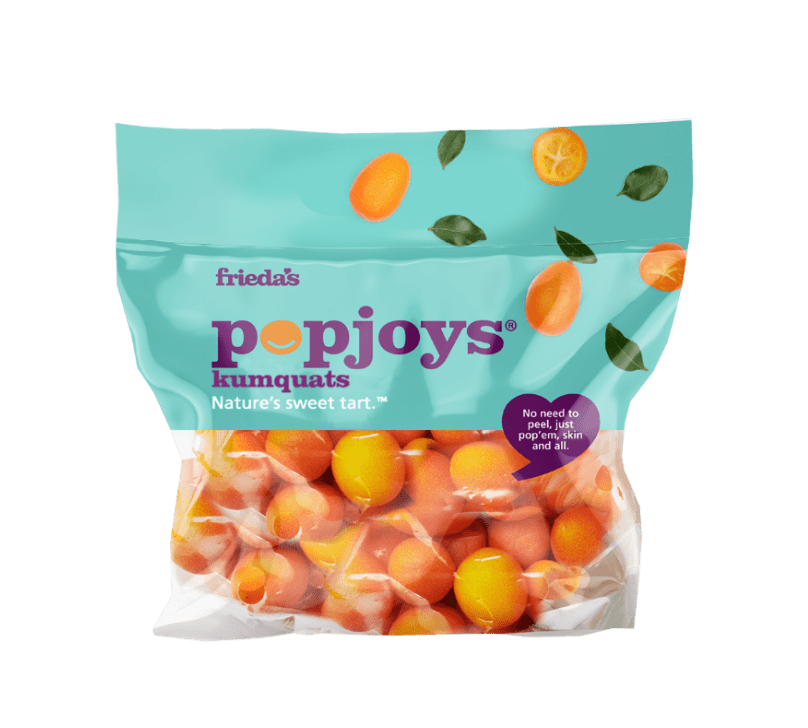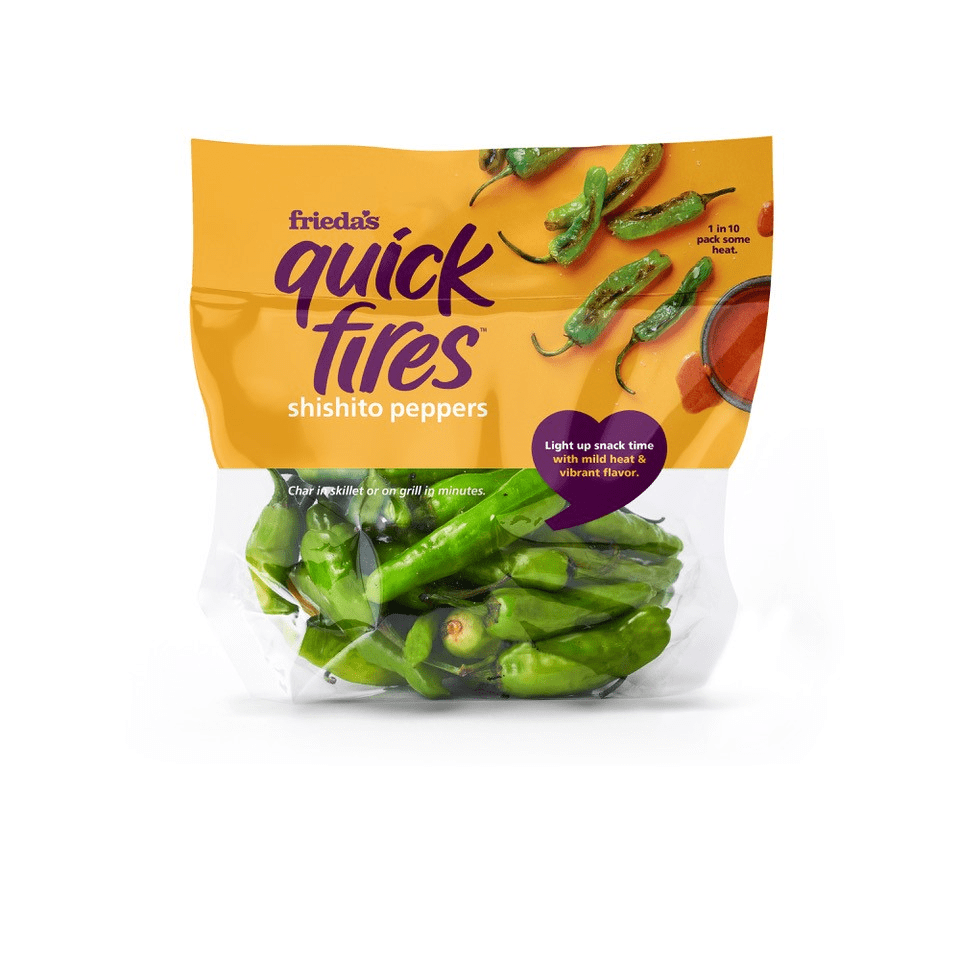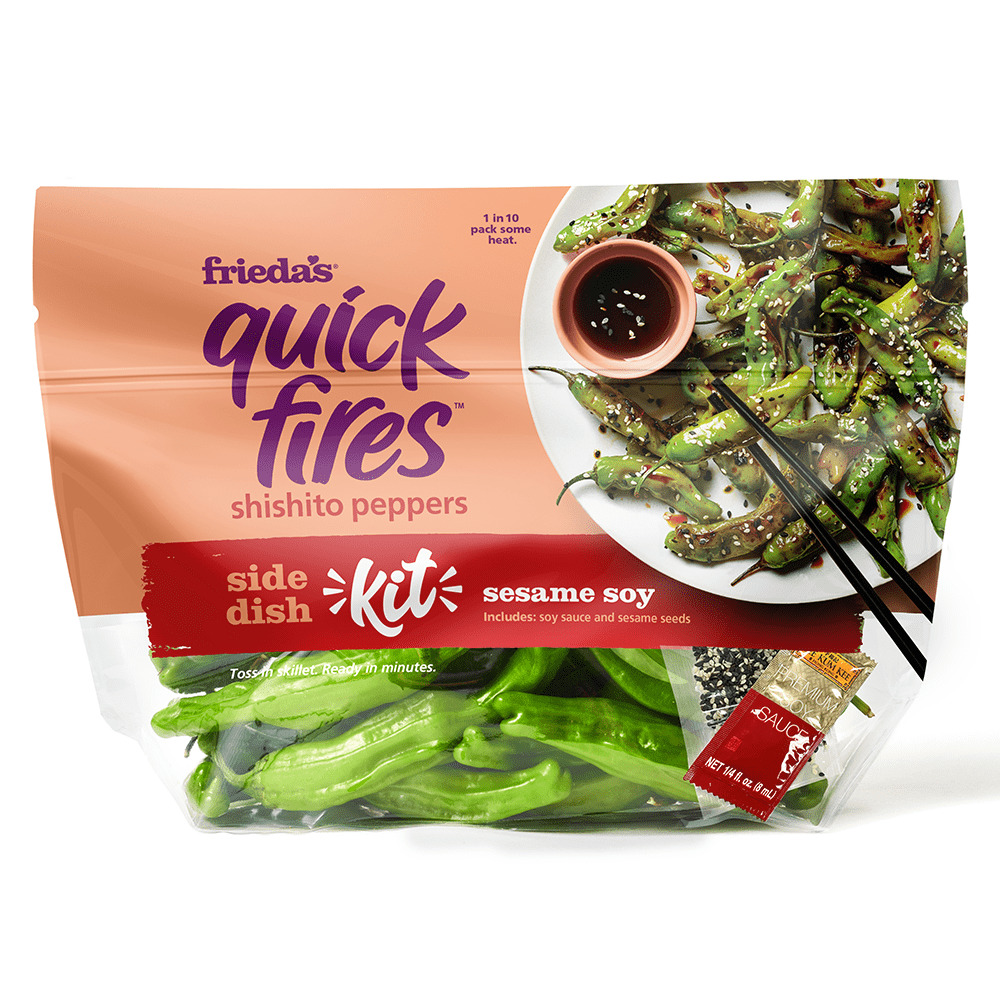During a recent Agriculture Issues Center meeting at the University of California, Davis, (I serve on the center’s advisory board) I was fascinated with a short presentation about bees by one of the Davis ag researchers. She and her graduate student gave a short synopsis of their work and then asked for questions.
I couldn’t get my hand up fast enough. I asked what I thought was the most obvious question:
“What about colony collapse disorder? You didn’t talk about the bee shortage.”
Their answer was a bit shocking to me: “There is no shortage of bees.”
What? With all the press over the last 10 years, I really couldn’t believe what they were saying. So, after the meeting, I did some research and spoke to the director of the UC Agricultural Issues Center, Dr. Daniel A. Sumner. A highly respected researcher and spokesperson, Dan has been quoted numerous times in the Wall Street Journal, LA Times, and dozens of other publications.
Dan started by telling me that he continues to work on this issue because the news media (and even some of the scientists) have gotten the broad supply-and-demand story so mixed up. He told me the number of bees has gone up not down in the past 10 years. The cost of pollination has fallen, while demand has gone way up (with more almond acres). Demand up but price down is a sure sign that supply is now much more available than a decade ago.
I also learned that much of the supply of bees is trucked around the country to move from growing area to growing area, as most of the bee population in the U.S. is used to pollinate crops (with almonds being one of the top users). Very few are used for producing honey. During the short presentation, I learned that many bees start out in North Dakota, are trucked to California for almond pollination season, then are moved to other parts of the state and country, depending on the need for bees.
Here is a chart showing the types of crops that use bees for pollination, with the time of year and pricing.
If you’d like to know a lot more about “bee-conomics,” here is a recent article published by Dr. Sumner and the professor who spoke to us, Dr. Hyunok Lee.
So what did I learn from this experience?
Well first of all, I learned that just because something is reported in the news or is on the internet, it does not make it true. We all know that the news media is oftentimes looking for sensational stories that pull at our hearts or make our stomachs turn. I learned the importance of asking questions and doing more investigating.
I was also reminded of how interconnected and resilient agriculture is. The fact that almonds are one of the fastest growing crops in California is no secret. But all I ever heard was how much water it takes to grow almonds (the drought, water shortages, etc., have been hot news topics for years). But who knew that it takes an average of two hives per mature acre of almonds and there are now almost a million acres of mature almonds in California.
It’s good old supply-and-demand economics (which I studied in college). And that’s where the resilience comes in.
With constant talks of drought, water shortages, urban sprawl, Amazon buying Whole Foods, Walmart buying Jet.com, and McDonald’s relevance in the future, I know for sure that our industry is resilient. Farmers will always produce food. They will always find a way to fill the demand and the fact that we now enjoy a global economy just gives us more opportunities and options.
As for the bees, it was good to know that there is no bee shortage. I wonder what else isn’t true that is reported by the press?
Karen















